Key Takeaways
-
Appearance Matters: Flying ants have narrow waists, bent antennae, and uneven wings; termites have straight bodies, straight antennae, and uniform wings.
-
Damage Potential: Termites cause serious structural wood damage; flying ants are mainly nuisance pests.
-
Signs of Infestation: Termite swarms suggest hidden structural issues; flying ant swarms often indicate colony presence nearby.
-
Prevention Tips: Conduct regular inspections, manage moisture, seal cracks, and seek professional help to prevent infestations.
-
Early Identification: Recognizing the difference between termites and ants allows for faster, more effective pest control and reduces repair costs.
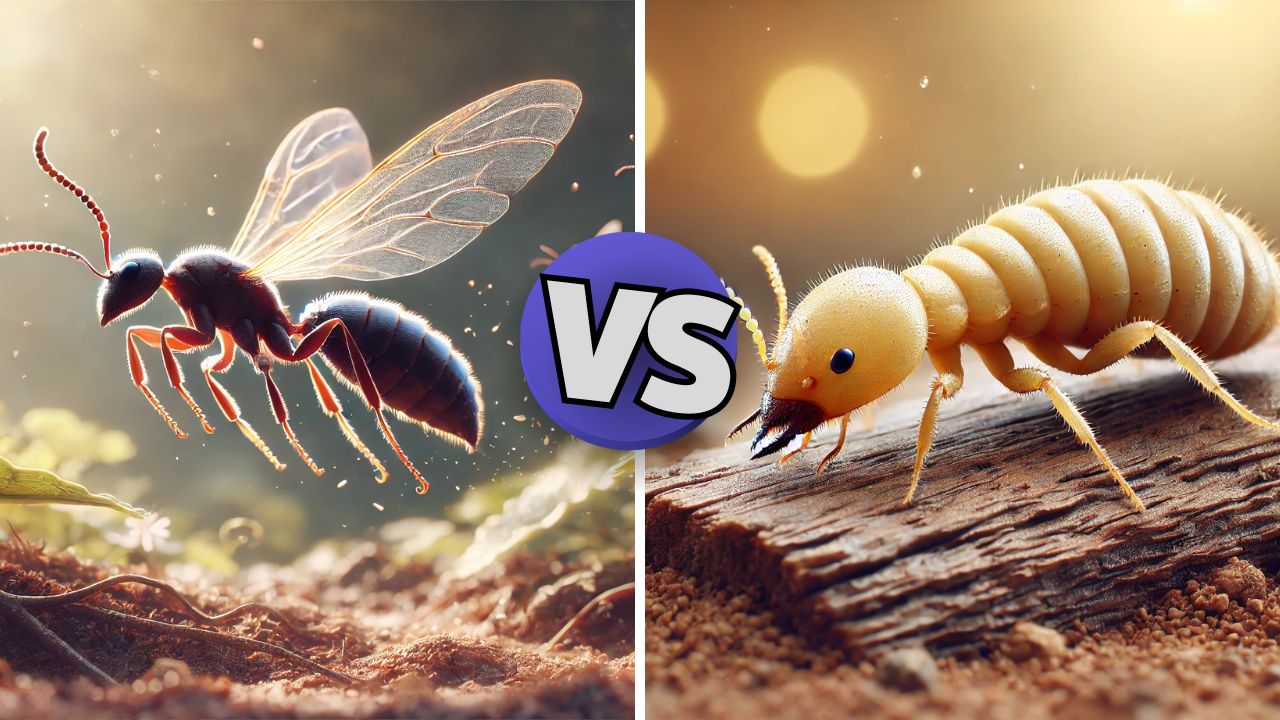 When pests invade your home, it can be difficult to determine exactly what you’re dealing with. Two common culprits that often cause confusion are flying ants and termites. Both insects appear during similar seasons, especially in warm weather, and their swarming behavior can make them look alike. However, their differences in body structure, behavior, and the damage they cause are significant.
In this article, we’ll help you understand whether you have flying ants or termites and the right action to protect your home.
Still unsure what’s invading your space? Schedule a Free Pest Inspection Visit with our experts today. Our professionals will quickly identify the issue and recommend the best solution to keep your home pest-free.
When pests invade your home, it can be difficult to determine exactly what you’re dealing with. Two common culprits that often cause confusion are flying ants and termites. Both insects appear during similar seasons, especially in warm weather, and their swarming behavior can make them look alike. However, their differences in body structure, behavior, and the damage they cause are significant.
In this article, we’ll help you understand whether you have flying ants or termites and the right action to protect your home.
Still unsure what’s invading your space? Schedule a Free Pest Inspection Visit with our experts today. Our professionals will quickly identify the issue and recommend the best solution to keep your home pest-free.
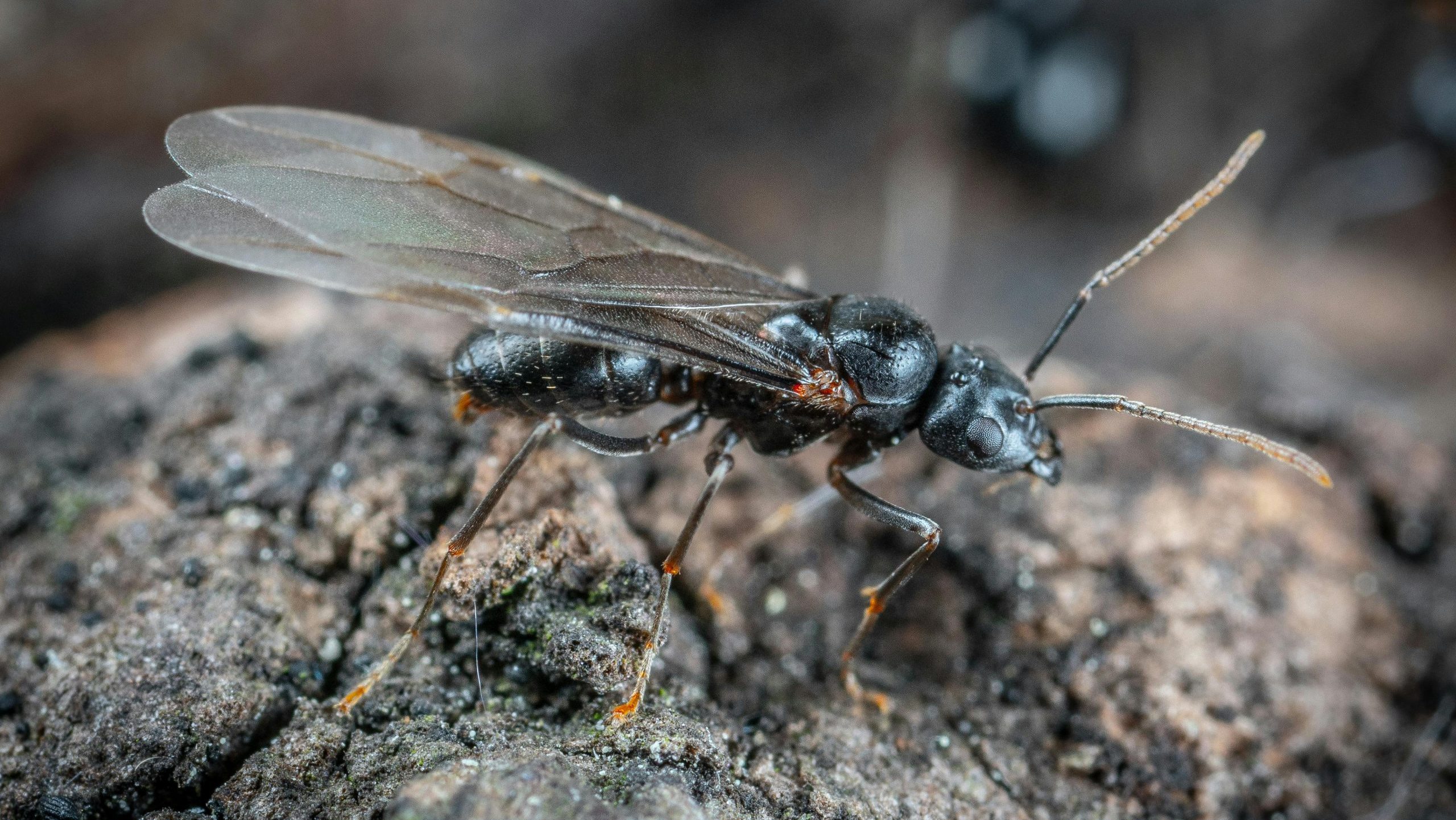

Not getting a solution?
Get your free pest control estimate today!What Are Flying Ants?
Flying ants are regular ants that have developed wings for the purpose of reproduction. They swarm in large numbers during warm months, particularly in late spring and summer, to mate and establish new colonies.Physical Characteristics of Ants
-
Length: Ranges from 1/4 to 1/2 inch.
-
Color: Varies depending on species but is usually black, brown, or reddish.
-
Body: Has three distinct segments with a narrow “waist.”
-
Wings: Wings are of different sizes, with the front wings larger than the hind wings.
 Flying ants are drawn to light sources and are often spotted near windows or outdoor lights during swarming season. Once mating is complete, they shed their wings and form new colonies, usually outdoors or inside walls and crevices.
Visit our Ant Control and DIY Section to learn more about effective pest management techniques for flying ants, termite and other common invaders.
Flying ants are drawn to light sources and are often spotted near windows or outdoor lights during swarming season. Once mating is complete, they shed their wings and form new colonies, usually outdoors or inside walls and crevices.
Visit our Ant Control and DIY Section to learn more about effective pest management techniques for flying ants, termite and other common invaders.
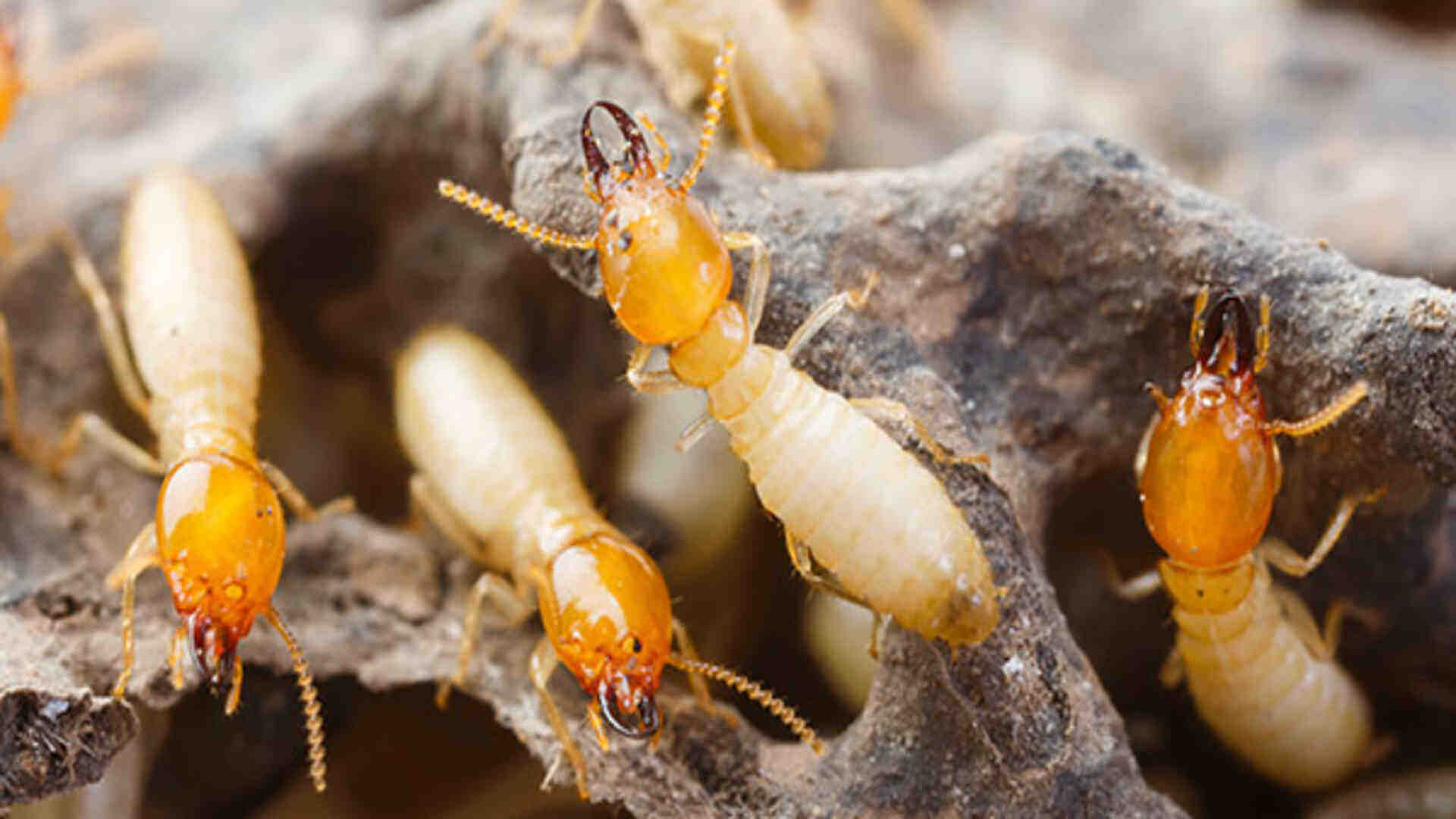
What Are Termites?
Termites are wood-destroying insects that cause structural damage by feeding on cellulose found in wood, drywall, and other building materials. Their swarming season is also in the warmer months, when reproductive termites leave their colonies to establish new ones.Physical Characteristics of Termite Swarmers
-
Size: Swarmers are about 1/4 to 1/2 inch long, similar in size to flying ants.
-
Color: Ranges from pale white to light brown, with darker swarmers in some species.
-
Body: Has a uniform, cylindrical shape with no visible “waist.”
-
Wings: Equal in size, long, transparent, and fragile.
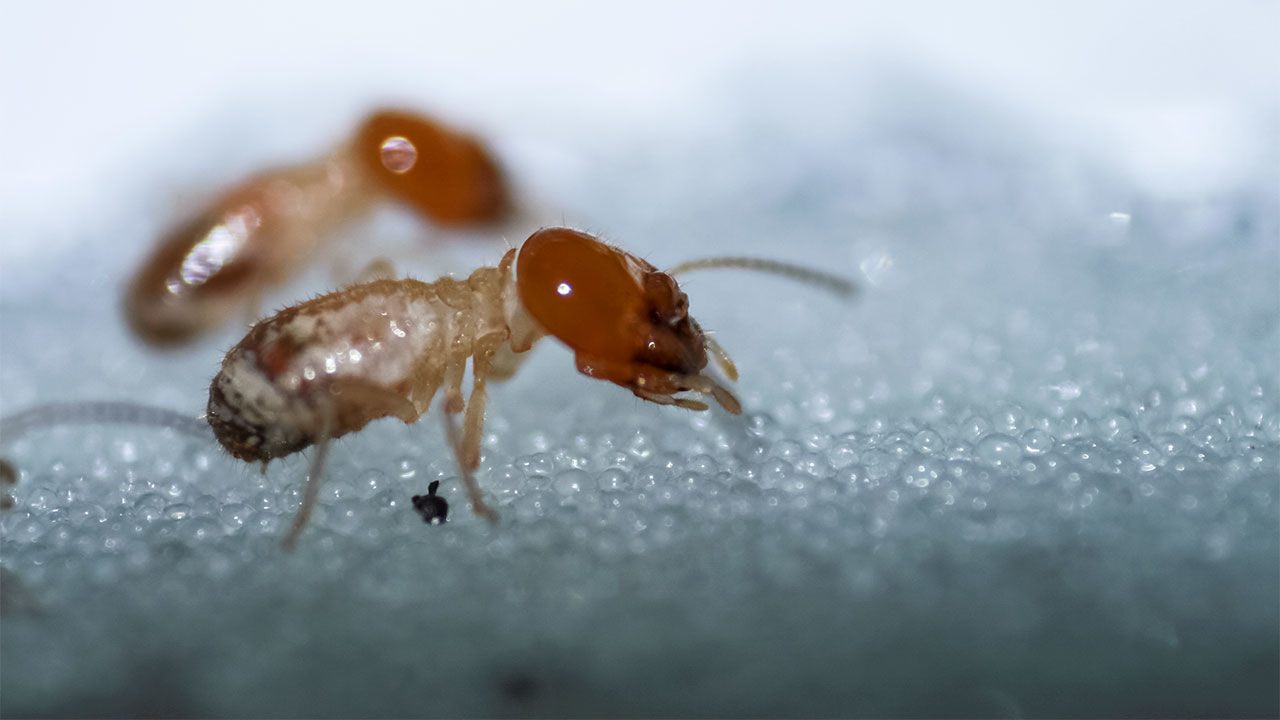 Termites swarm in large numbers when establishing new colonies, typically near light sources. Unlike flying ants, termite swarms often indicate an existing infestation. After mating, swarmers shed their wings and begin burrowing into wood to create a new colony.
Visit our Termite Control and DIY Section to learn more about effective pest management techniques for flying ants, termite and other common invaders.
Termites swarm in large numbers when establishing new colonies, typically near light sources. Unlike flying ants, termite swarms often indicate an existing infestation. After mating, swarmers shed their wings and begin burrowing into wood to create a new colony.
Visit our Termite Control and DIY Section to learn more about effective pest management techniques for flying ants, termite and other common invaders.
Key Differences Between Flying Ants and Termites
Below are the key differences between these insects that can help you identify which one is invading your home.| Feature | Flying Ants | Termites |
|---|---|---|
| Body Shape | Narrow waist with three distinct segments | Straight, uniform body with no visible waist |
| Antennae | Bent or elbowed | Straight |
| Wings | Front wings are larger than back wings | All wings are equal in size and much longer than the body |
| Color | Black, brown, or reddish | White, pale, or light brown |
| Behavior | Swarm outdoors and near lights, usually harmless | Swarm near lights and inside homes, indicate wood damage |
| Damage Risk | Generally harmless, may be a nuisance | Extremely destructive, feeding on wood and causing structural damage |
Signs of Infestation
Spotting signs of flying ant or termite infestations early can save you from costly damage and stress. While both pests swarm, their infestations present unique clues. Here’s how to differentiate between flying ant and termite infestations:Signs of Flying Ant Infestation
-
Swarm Sightings: Clusters of winged ants near windows or lights during warmer months suggest a mating flight.
-
Discarded Wings: Wing piles near doors or sills are left behind after flying ants mate and settle.
-
Visible Ants: Noticing ants in kitchens, bathrooms, or moist areas indicates active infestation.
-
Frass Piles: Sawdust-like debris near wood signals carpenter ants tunneling through structures.
Signs of Termite Infestation
-
Mud Tubes: Pencil-width tunnels along foundations or walls allow subterranean termites to reach wood.
-
Wood Damage: Wood that sounds hollow or shows cracks is a sign of internal termite feeding.
-
Swarmers and Wings: Shed wings and swarmers near lights or entry points point to an active colony.
-
Droppings (Frass): Drywood termite frass resembles tiny pellets or coffee grounds found near infested wood.
Why It’s Important to Know the Difference?
Flying ants and termites may look similar, but their impact on your home is vastly different. Recognizing the difference is essential for applying the right control measures before the problem worsens.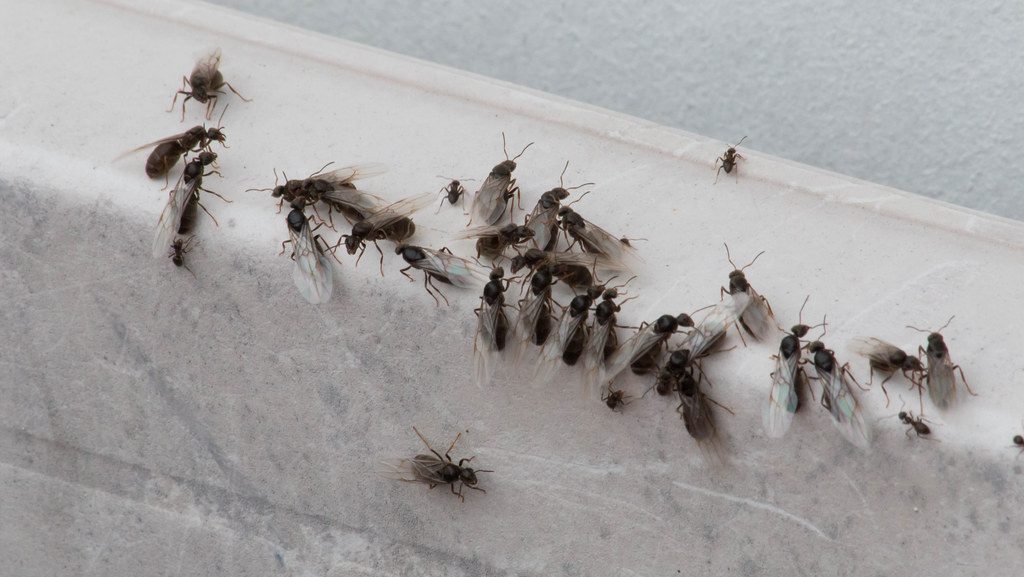
Potential Risks of Flying Ants
-
Home Invasion: While they do not cause much structural damage, flying ants can become a nuisance when they invade homes in large numbers.
-
Wood Damage: Some species, such as carpenter ants, can tunnel into wood, though they don’t consume it like termites.
-
Food Contamination: If left unchecked, ant infestations can spread to kitchens and food storage areas, contaminating food and surfaces.
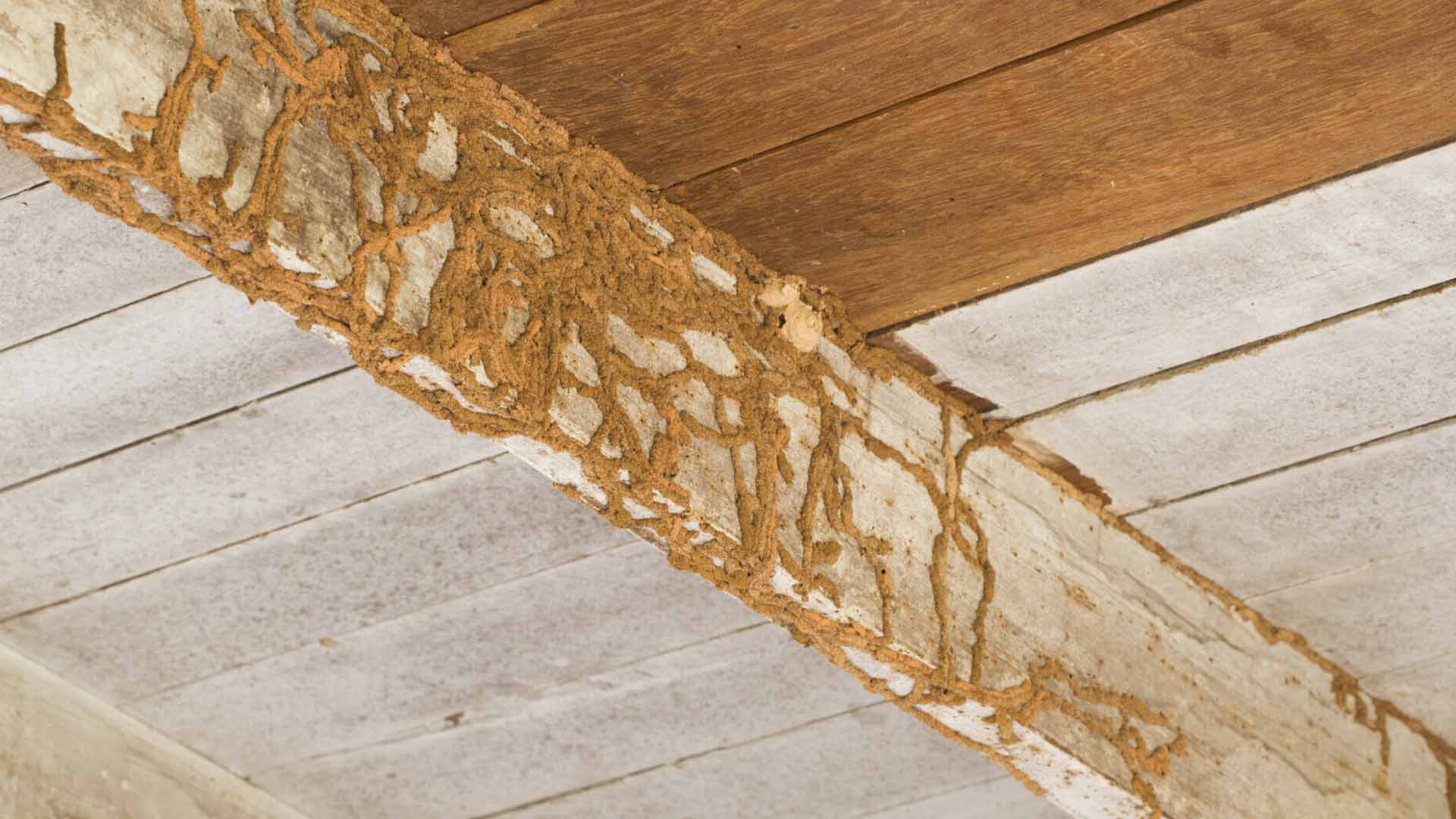
Potential Risks of Termites
-
Structural Damage: Termites are far more destructive, as they feed on wood and threaten the structural integrity of homes.
-
Hidden Infestations: They often go undetected for months or even years, leading to costly repairs.
-
Severe Impact: In severe cases, termite infestations can weaken a home’s foundation, walls, and wooden furniture.
Prevention and Control Measures
By understanding the differences between flying ants and termites, you can take the right steps to avoid infestations and protect your home from termite damage and flying ants. Early detection can assist in avoiding costly repairs, so if you notice swarmers around your home, it’s best to take action quickly.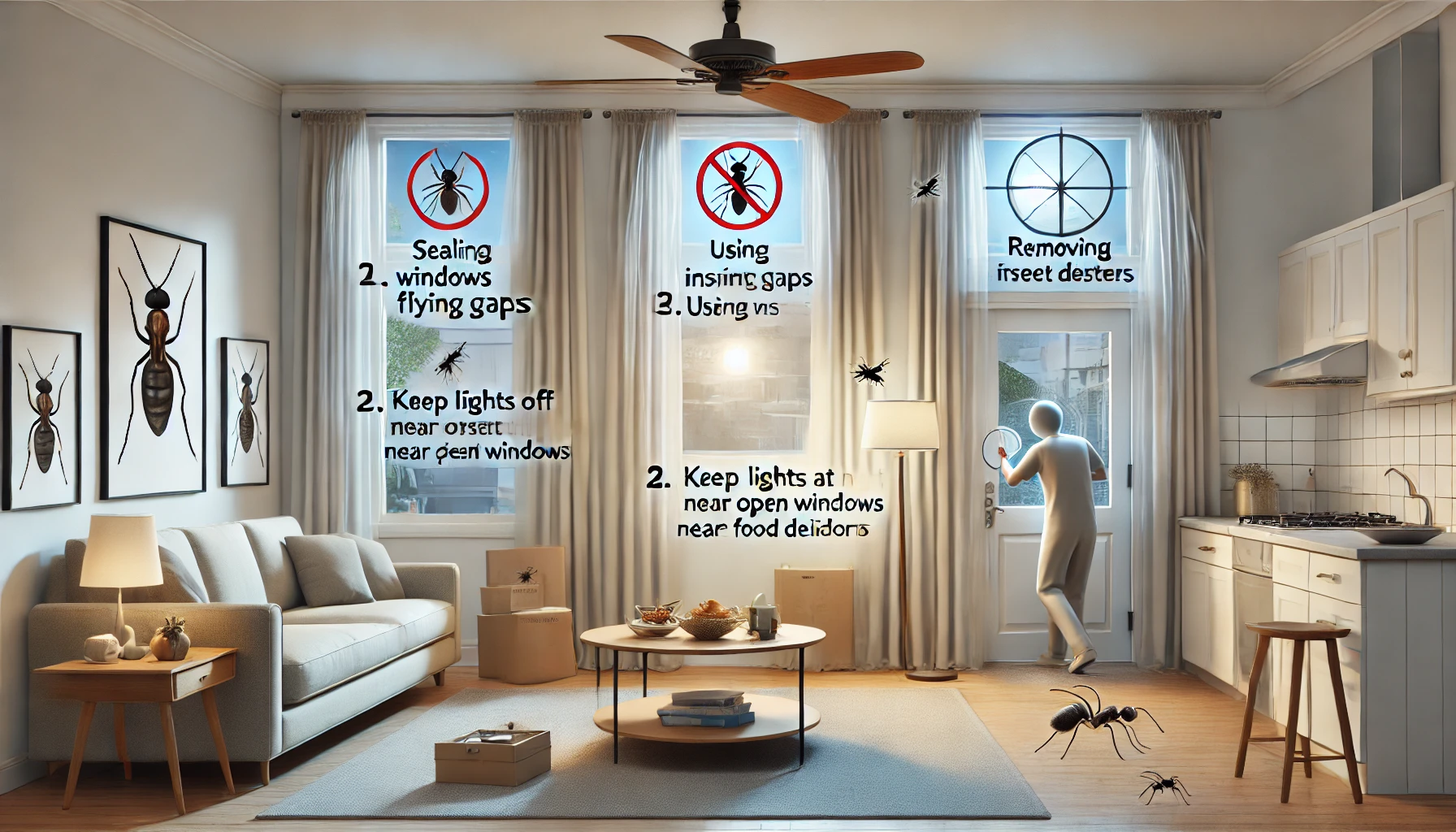
Tips for Preventing Flying Ants
-
Seal Entry Points: Close gaps around doors, windows, and wall openings to block ant access.
-
Remove Food Sources: Keep food sealed in airtight containers and promptly clean up spills to reduce attraction.
-
Eliminate Moisture: Fix leaks and enhance ventilation, especially in damp areas, to deter carpenter ants.
-
Locate and Remove the Nest: Identify and treat the nest with insecticidal bait or natural options like diatomaceous earth for long-term control.

Tips for Preventing Termites
-
Schedule Regular Inspections: Have professionals inspect your home regularly to detect early signs of termite activity and prevent costly damage.
-
Reduce Moisture and Wood Contact: Keep wood, mulch, and debris away from your foundation and ensure proper drainage from gutters to minimize moisture.
-
Use Termite Barriers: Install physical or chemical barriers to protect wood structures from termite invasion.
-
Seek Professional Treatment: If termites are suspected, contact experts to explore treatment methods like bait stations, liquid termiticides, or fumigation.
Myths and Facts
When it comes to flying ants and termites, common misconceptions often cloud accurate identification and management. Let’s clear up some myths with the real facts.| Myth | Fact |
|---|---|
| Flying ants are termites. | Flying ants are ants with wings; termites have different body shapes and feeding habits. |
| Termites only eat wood. | Termites eat cellulose from wood, paper, and plants. |
| Flying ants are harmless. | Flying ants can cause a nuisance, but they don’t typically cause structural damage like termites. |
| All termites are the same. | There are different species of termites with varying behaviors and feeding habits. |
| Flying ants can damage your home. | Flying ants do not damage structures; termites are the ones that can cause significant damage. |





